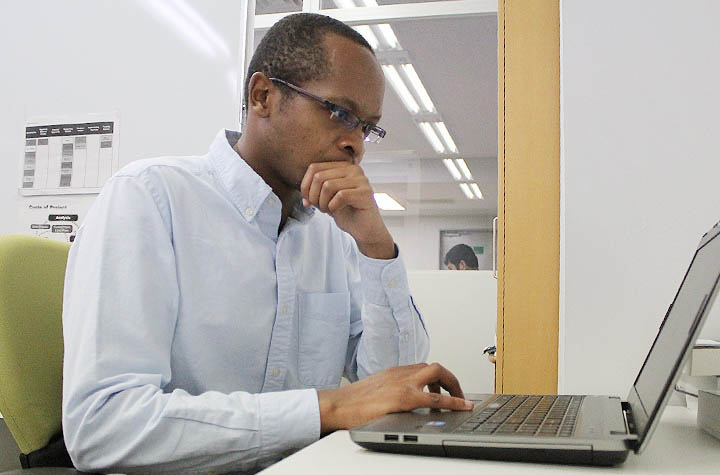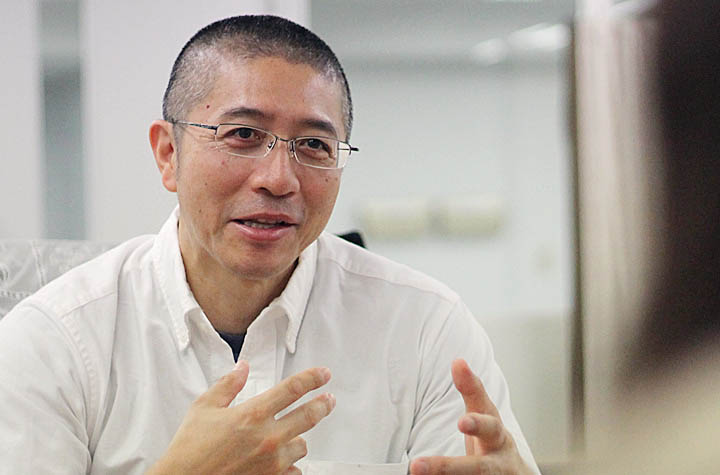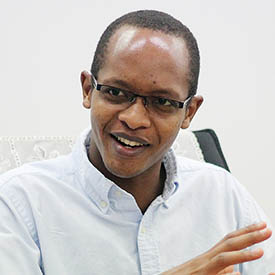This is not the first time I have been to Japan. Three years ago, I was in Tokyo taking part in an internship at a Transport and Logistics company in Waste Management. I was very happy to be able to return to Japan I remembered with such fondness. It was after I finished my internship and got back to Kenya that I was able to grasp the situation properly in Kenya. The underdeveloped infrastructure was something that struck me when I compared it to Japan. It was right at that time that a project, supported by the Japanese government, to build a waste processing plant in Kenya was starting. The company in Tokyo was mostly involved in treating waste, so this project was of great interest to me. Especially the advanced Japanese system to process medical waste from the hospitals and other medical facilities interested me a lot. I wanted to do something similar for Kenya.
“I was very happy to be able to return to Japan I remembered with such fondness.”
Understand the problem and current situation
There were two major problems when dealing with medical waste in Kenya. The first one is the functionality of the containers on the trucks used to transport the medical waste. In Japan these containers are securely sealed, but it’s not the case in Kenya. Leaking happens frequently from the unsealed containers during the transportation process.
The second one is the waste collection methods used at hospitals. Medical waste should be strictly categorized by type and be treated using appropriate tools. But the reality is that there are not enough tools to do it, also the hospitals do not have enough trained staff in medical waste treatment and the waste reporting system.
Finding an ICT solution
To find the solution, we must know the actual situation of medical waste management in Kenyan hospitals. Having this information is crucially important.
For example, what the hospital is discharging what types of waste and what quantity. Sometimes, we must know how the waste was processed.
And in case that an incident has occurred during the transportation, we must specify the place and the cause of the incident. All this data must be collated and managed in a centralized database.
When we discover the cause of the problem, we will be able to take necessary measures to prevent similar incidents. If the cause is with human resources, we can improve training. If the cause is in the facilities and equipment, we can replace faulty parts or to repair the damaged ones. And ICT can contribute to speed up the process to solve these issues.
There is so much I want to learn at KIC!
I was involved in Japanese project of waste treatment plant in Kenya. It gave me a chance to come to Japan and study at KIC. Medical waste management is a difficult subject to study, but my research is progressing well with the help of my professor and the other students. I am very busy now with so many things I want to learn, but my daily life is a continuous stream of valuable experiences. Thankfully I am leading a very fulfilling life as a student.
Popular Articles

trending_up Trending
Learning from the advanced technology in Japan
Effective Tracking of Medical Waste in Nairobi

